Will Intel's Ohio Chip Plants Fix Automotive Supply Chains?

Intel has announced a $20 billion investment to transform a 1,000-acre plot in New Albany, Ohio, into the latest addition to its U.S. chip-manufacturing hub. Construction is scheduled to commence later this year with operations starting in 2025. But everyone’s wondering if it is going to be enough to rectify the pathetic state in which domestic vehicle production currently finds itself.
With automotive output having fallen off a cliff at the start of the pandemic, the industry has been using the global semiconductor shortage as the default excuse for low volumes. However, the reality is that the issue is quite a bit more complicated than there not being enough microchips for vehicles. Varied national responses to the pandemic have resulted in freezes at ports, closed border crossings, and rolling shutdowns at facilities where outbreaks have been detected. The low production volumes have also resulted in a pricing spike during a period of sharp inflation that’s likewise alleged to have encouraged some consumers to hold off on any major purchases. But the chip shortage continues being brought up because it has remained pervasive, as suppliers have transitioned to more profitable units going into small electronic devices, and offers an easy way for the automotive sector to throw any negative attention off itself.
The Biden administration has said that one of its biggest priorities is to strengthen domestic chip capacities and has been talking with suppliers to determine how best to give aid. Intel CEO Pat Gelsinger reportedly had just left the White House before giving an exclusive interview with Time about the company plotting the largest single private-sector investment in Ohio’s history.
“Our expectation is that this becomes the largest silicon manufacturing location on the planet,” Gelsinger told the outlet. “We helped to establish the Silicon Valley,” he said. “Now we’re going to do the Silicon Heartland.”
Considering the current state of Silicon Valley, that almost sounds like a threat. But the Intel CEO obviously means establishing a booming technology sector in the Midwest. The planned $20 billion investment is going exclusively toward chip fabrication at two facilities, though the company is anticipating eight sites worth an estimated $100 billion.
From Time:
The announcement comes amidst a push to increase domestic manufacturing of semiconductors. Partly because of enormous incentives offered by other countries to jumpstart semiconductor manufacturing on their shores, the share of chips made in the U.S. has fallen to 12 [percent], from 37 [percent] in 1990, according to the Semiconductor Industry Association (SIA). As booming demand and supply chain woes led to semiconductor shortages over the past year, entire U.S. industries like auto manufacturing were crippled.
Semiconductor manufacturing has grown at a much slower rate in the U.S. than in other places around the world, particularly East Asia, in part because it costs 30 [percent] more to build and operate a fab over 10 years than it does in Taiwan, South Korea, or Singapore, according to the SIA.
To create a more reliable supply of chips, the federal government is weighing providing incentives for chip makers in the U.S. The CHIPS for America Act, passed last year, authorized federal investments in chip manufacturing, but it did not provide funding. The Senate passed $52 billion in funding in June, but the House has not passed the legislation.
Lobbying has been ongoing, however. Intel has allied itself with other semiconductor manufacturers (e.g. NVIDIA, AMD, and GlobalFoundries) to convince Washington to pour money on the industry in exchange for more domestic capacity. Gelsinger even said he met with numerous leaders on Capitol Hill, including the Problem Solvers’ Caucus and New Democrat Coalition to drive the point home.
“[In] my first meeting with the Undersecretary of Defense basically scolded her,” he recalled. “I said, Why am I explaining why this is so important to Congress, and you’re not?'”
There’s no question that the United States needs to localize more manufacturing. If the last two years have taught us anything, it’s the general fragility of global supply chains. Companies have taken notice, too. Intel is already plotting billions of investments to build in a new factory in Arizona, ditto for the Taiwan Semiconductor Manufacturing Co., and Samsung has set aside $17 billion for a facility in Texas.
But is all of this actually going to help pull the automotive sector out of its current rut?
Concerns remain that manufacturers will continue prioritizing more modern chips, rather than the older (often less lucrative) units that typically go into motor vehicles. Though companies have said, with enough government help and sufficient automation, American-based facilities can become financially competitive with their Asian counterparts. As labor costs were one of the largest contributing factors encouraging firms to shift manufacturing to the East, there’s reason to buy into the premise.
Though there is also reason to doubt it.
Whenever governments begin promising money, multinational corporations begin pacing around like starving animals. They’ll do or say whatever is necessary to procure financial aid and lobby until the cows come home — and then they’ll ask the cows for money. Assuming more chips are manufactured within the United States, it’s all but a guarantee that they’ll still end up being shipped around the world before they reach their final destination. Localizing production will help in some instances. But most of these facilities won’t be operational until 2025 and plenty of outgoing units will still be impacted by supply chain problems caused by closed border crossings and overtaxed ports. Speaking with Dan Hutcheson, vice chair at TechInsights, Time said that the vast majority of chips would still need to make their way through China right as geopolitical tensions are reaching a fever pitch.
Gelsinger suggested that everything Intel is doing could be localized if the $52 billion CHIPS for America Act ends up being funded, however.
“My objective would be sand to product to services, all on American soil,” he said.
He also talked a lot about transforming parts of Ohio into another U.S. technology hub, which state leadership seems genuinely excited about. Ohio Governor Mike DeWine has said the last few years have helped the region sell Americans on cheaper living and more laid-back suburban lifestyles. While the state failed to draw in the same number of people as Texas and Florida, it still nabbed enough people leaving coastal states to see a nearly 3 percent population growth over the last decade. DeWine believes the same has been true for tech companies.
Intel is plotting 3,000 new jobs for Ohioans and says the state will become its third regional manufacturing hub inside the United States. Another 7,000 temporary positions will be allocated for construction workers necessary for building the new facilities. But Intel is still talking almost exclusively about building more advanced chips — which are important for keeping the U.S. competitive but not as useful for the automotive sector. Still, improving domestic capacity in general probably won’t be putting North America in a worse position than it already was in.
[Image: Gorodenkoff/Shutterstock]

A staunch consumer advocate tracking industry trends and regulation. Before joining TTAC, Matt spent a decade working for marketing and research firms based in NYC. Clients included several of the world’s largest automakers, global tire brands, and aftermarket part suppliers. Dissatisfied with the corporate world and resentful of having to wear suits everyday, he pivoted to writing about cars. Since then, that man has become an ardent supporter of the right-to-repair movement, been interviewed on the auto industry by national radio broadcasts, driven more rental cars than anyone ever should, participated in amateur rallying events, and received the requisite minimum training as sanctioned by the SCCA. Handy with a wrench, Matt grew up surrounded by Detroit auto workers and managed to get a pizza delivery job before he was legally eligible. He later found himself driving box trucks through Manhattan, guaranteeing future sympathy for actual truckers. He continues to conduct research pertaining to the automotive sector as an independent contractor and has since moved back to his native Michigan, closer to where the cars are born. A contrarian, Matt claims to prefer understeer — stating that front and all-wheel drive vehicles cater best to his driving style.
More by Matt Posky
Latest Car Reviews
Read moreLatest Product Reviews
Read moreRecent Comments
- Bd2 If I were going to spend $ on a ticking time bomb, it wouldn't be for an LR4 (the least interesting of Land Rovers).
- Spectator Wild to me the US sent like $100B overseas for other peoples wars while we clammer over .1% of that money being used to promote EVs in our country.
- Spectator got a pic of that 27 inch screen? That sounds massive!
- MaintenanceCosts "And with ANY car, always budget for maintenance."The question is whether you have to budget a thousand bucks (or euro) a year, or a quarter of your income.
- FreedMike The NASCAR race was a dandy. That finish…



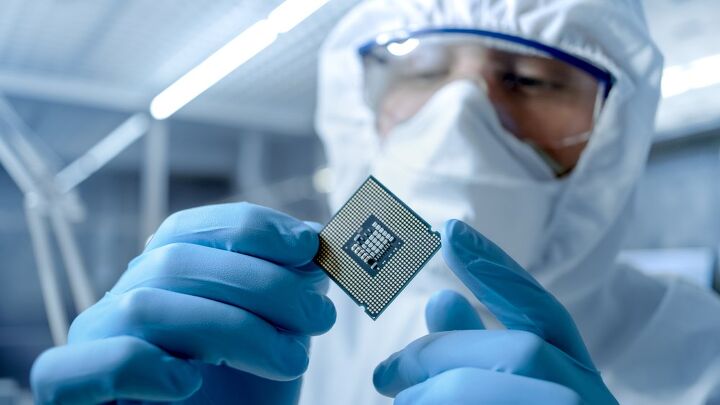















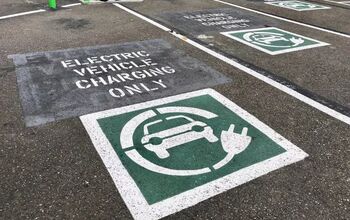

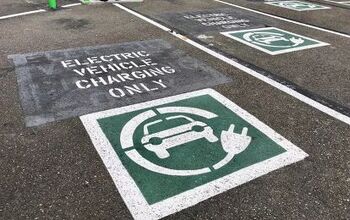




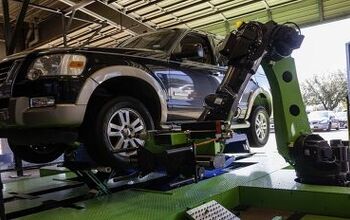



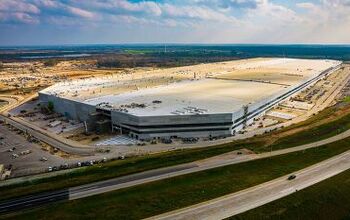


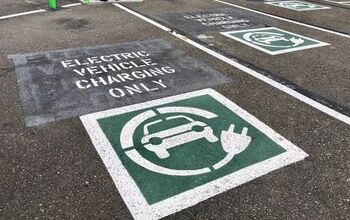
Comments
Join the conversation
Intel primarily makes microprocessors and Wi-Fi chips, so I don't see this having any impact on the auto industry.
It doesn't matter if we make chips if most PCB manufacturing and card assembly is done overseas. While some of that is done here, most is done overseas.